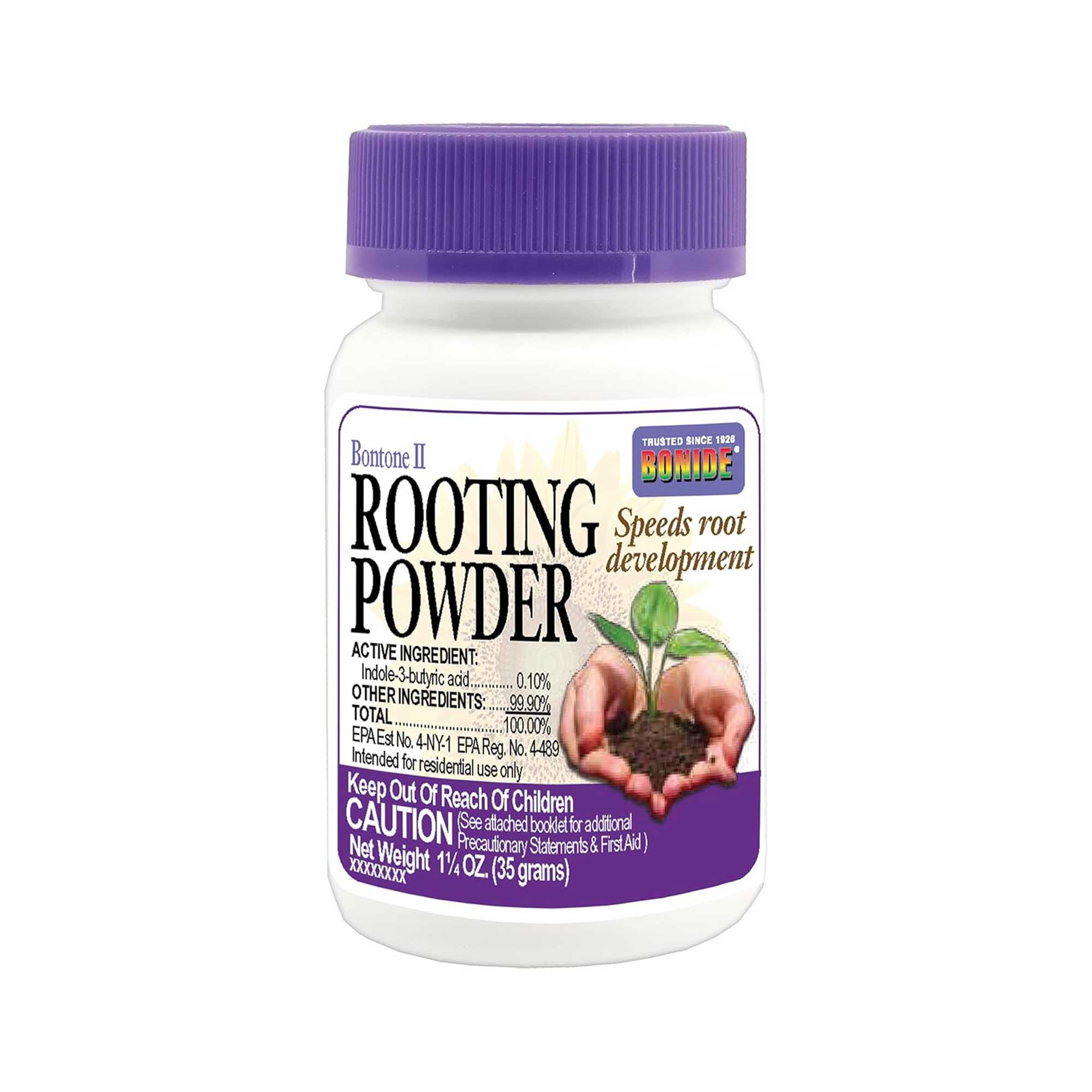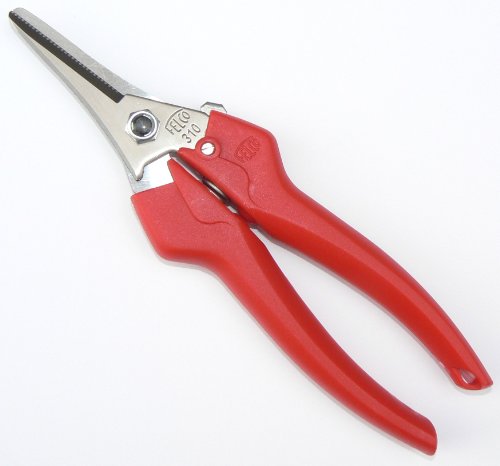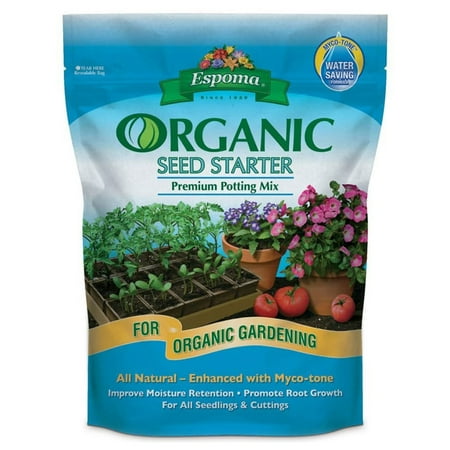How to take honeysuckle cuttings – July is the perfect time to propagate this fragrant climber, and grow more plants for free
Double your climbing plant collection at zero cost

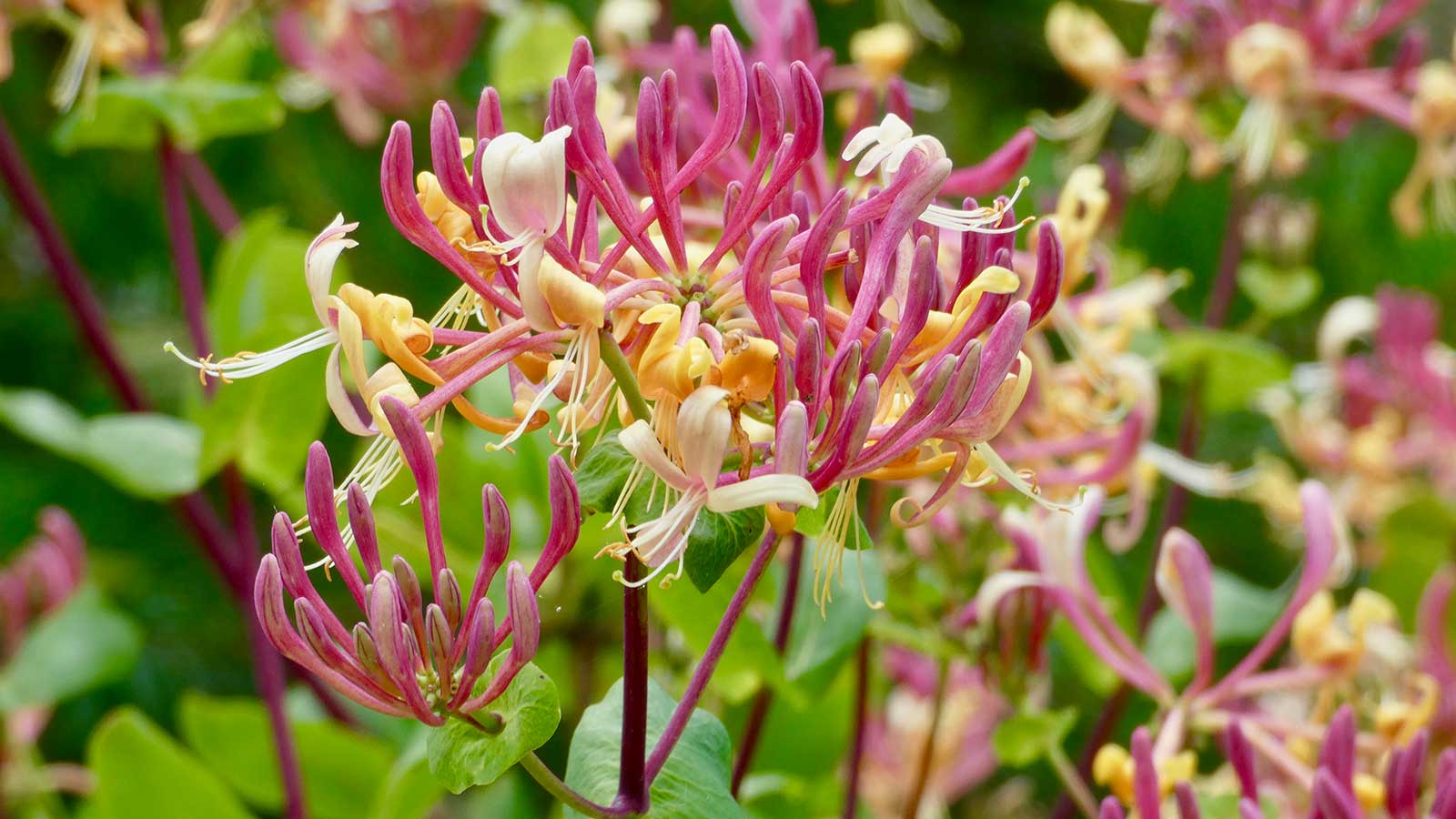
Learning how to take honeysuckle cuttings in summer is simple, satisfying and one of the easiest ways to multiply your favourite climbers without spending any money. July is the ideal moment, when growth is soft but strong, and a small, healthy stem can go on to become a vigorous plant in future years.
I have grown honeysuckles for many years, ranging from the yellow-flowering 'Graham Thomas' in borders, to the dark pink 'Dart's World' in a large patio pot. For me, honeysuckles offer unrivalled scent and color, and if you or a gardening friend has one in the yard, taking one or two cuttings in summer is surely a worthwhile investment that future you will be grateful for.
So, if you already know how to grow honeysuckle and have one to hand, why not also learn how to take honeysuckle cuttings this year? By following my simple steps below (and with a small amount of luck), you will be enjoying masses of honeysuckle blooms for years to come.
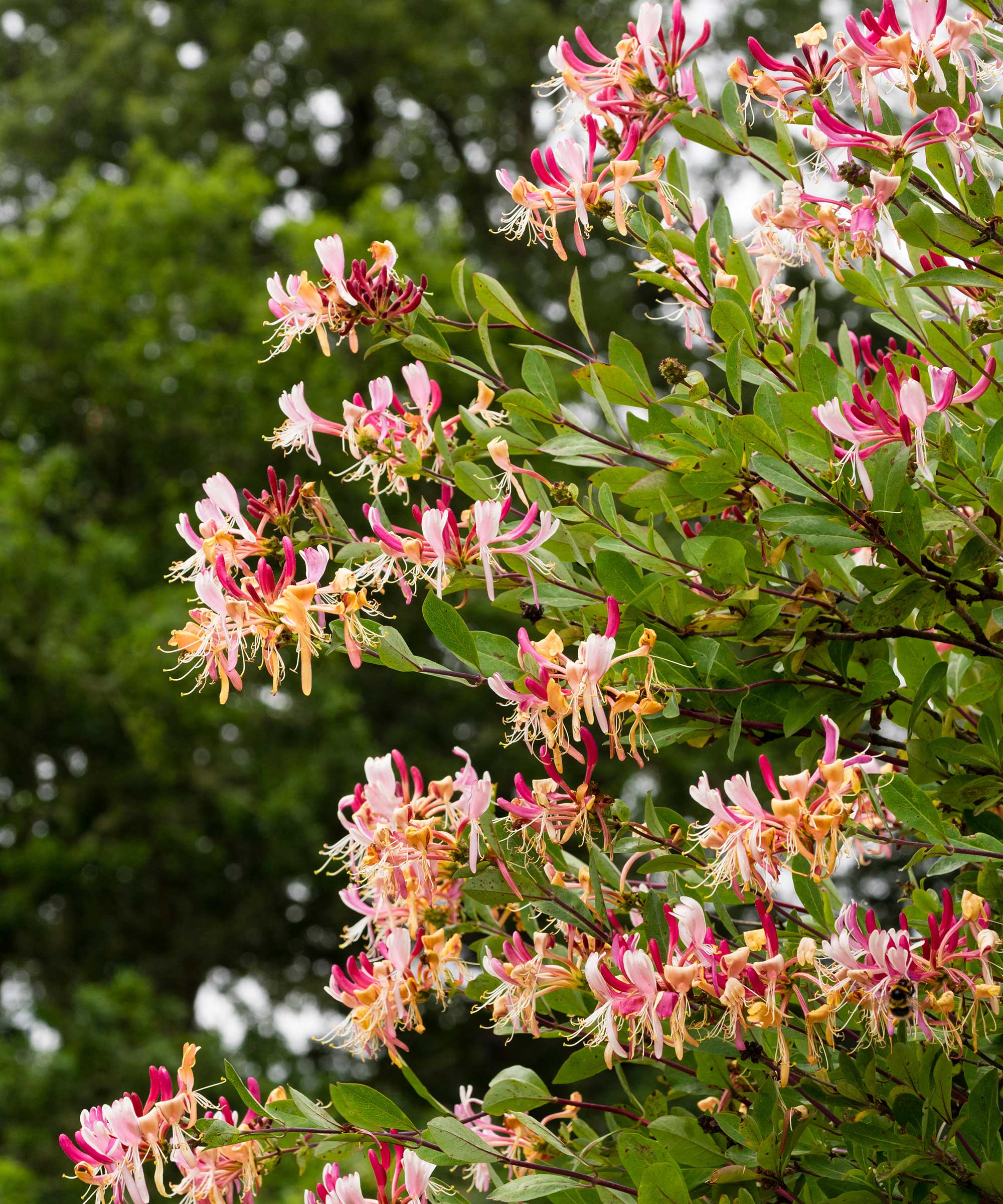
When and how to take honeysuckle cuttings
Most, but not all, honeysuckles are hardy down to zone 4 or zone 5, thriving in a range of light and soil situations.
Honeysuckles bloom during spring and early summer, and while it will depend on the honeysuckle variety you grow, most are excellent plants to take cuttings from.
Follow my step-by-step guide below to learn how to take honeysuckle cuttings.
When to take honeysuckle cuttings
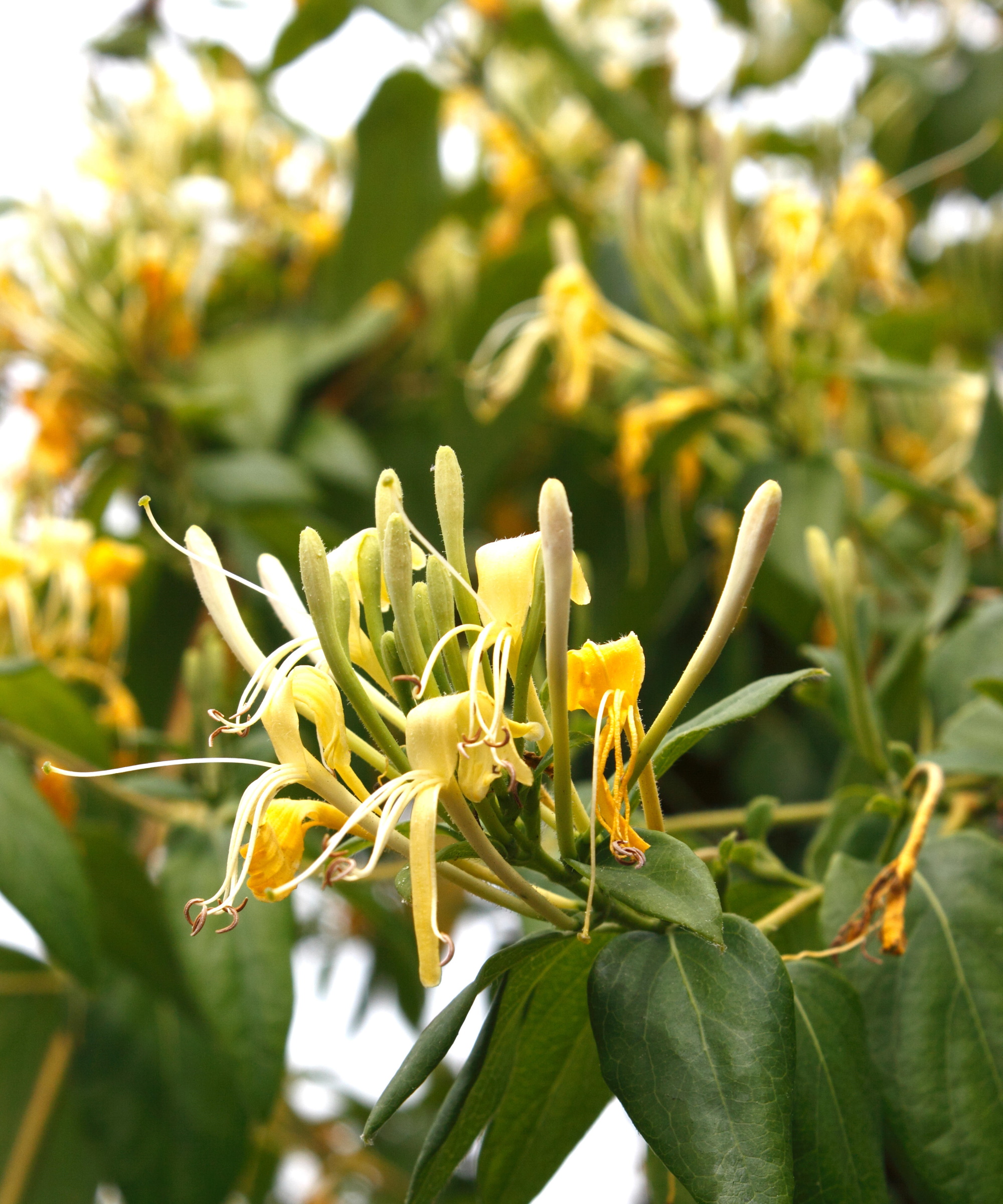
In terms of propagation timings for these fast-growing climbing plants, semi-ripe cuttings can be taken from your vines during summer when there is plenty of new growth.
Design expertise in your inbox – from inspiring decorating ideas and beautiful celebrity homes to practical gardening advice and shopping round-ups.
So, honeysuckles are best thought of as plants to propagate in July or August. I would suggest doing this during the morning, on a day when the weather is mild.
While you can take cuttings at any time, gardeners usually opt for the morning because plants tend to be more hydrated, so they are less likely to wither or wilt in the propagation process.
Step-by-step honeysuckle propagation
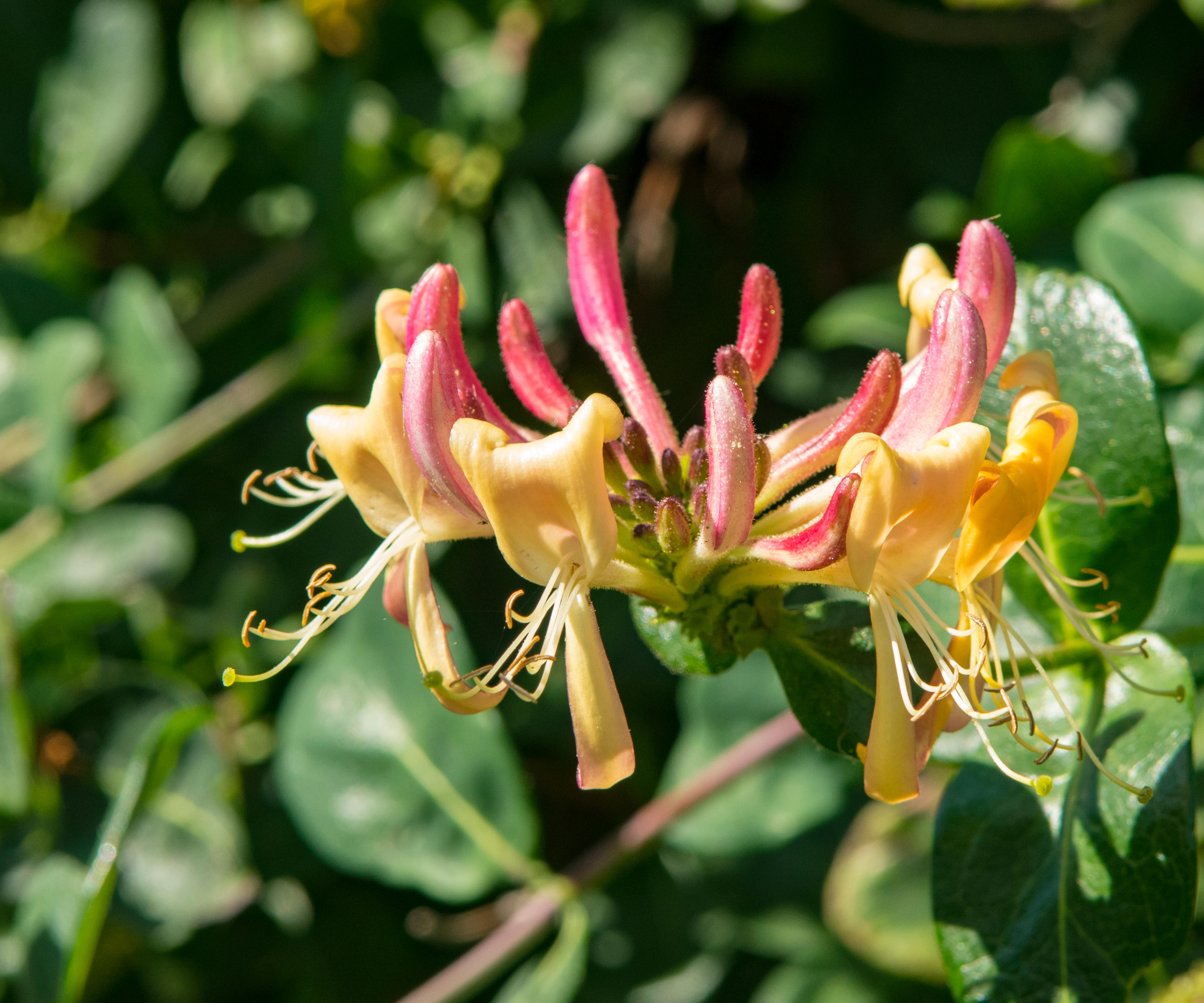
- Using clean, sharp tools, like these Felco F4 pruning snips from Walmart, take your honeysuckle cuttings, identifying woody stems that are still slightly flexible. Long, whippy green stems are best avoided for cuttings, as they cannot retain moisture, so are more likely to wilt in the process. Simply snip a stem with several leaves on, roughly 12 or more inches long, dropping it in a bucket of water as you work.
- Next, cut the honeysuckle stem into pieces with three or four leaf joints, snipping just underneath a leaf joint and just above one. Retain one or two leaves at the top of your cutting; strip any that remain lower down.
- While rooting hormone is optional, it can help to encourage root development. Simply dip the bottom inch of each honeysuckle cutting in rooting hormone powder, available from Amazon, before planting the bottom half of the cutting into small pots filled with well-drained potting mix. Adding a bit of grit to your potting mix is a good idea to help improve drainage (your cuttings can easily rot at this stage).
- Give your pot/s a good watering, and then place your honeysuckle cuttings in a cold frame or an unheated greenhouse, out of direct sunlight.
- Keep your honeysuckle cuttings moist but not waterlogged, monitoring the soil every few days by pressing your fingers into the pot. In July and August, the soil can quickly dry out, so you want to prevent this from happening.
- Your cuttings should produce roots within four weeks, at which point, you can carefully repot them into an individual container. I would keep them like this until the following spring, when they will be ready for planting into the border or a larger pot.
FAQs
Are there any invasive honeysuckles to avoid propagating?
While most honeysuckle varieties are recommended for propagation, one to watch out for is Japanese honeysuckle, or Lonicera japonica, which is considered an invasive climber in several US states, including Texas and Florida.
While growing in pots is a good way to manage vigorous and aggressive climbers, be sure to contact your local government office to understand what species you should and should not grow.
You will be surprised how quickly your honeysuckle cuttings will grow during the following spring and summer. They typically bloom in the second or third year, and if you are lucky, you might enjoy a handful of fragrant flowers in record time.
Why not also learn how to grow honeysuckle in pots, which is a good option for your young cuttings, particularly if you have a smaller yard. Our guide has all the information you need to know.
Shop propagating essentials

Thomas is a Content Editor within the Gardens Team at Homes and Gardens. He has worked as a professional gardener for both public spaces and private estates, specializing in productive gardening, growing food and flowers. Trained in Horticulture at the Garden Museum, he has written on gardening and garden history for various publications, including The English Garden, Gardens Illustrated, Hortus, The London Gardener and Bloom. He has co-authored a Lonely Planet travel book, The Tree Atlas, due out in 2024.
